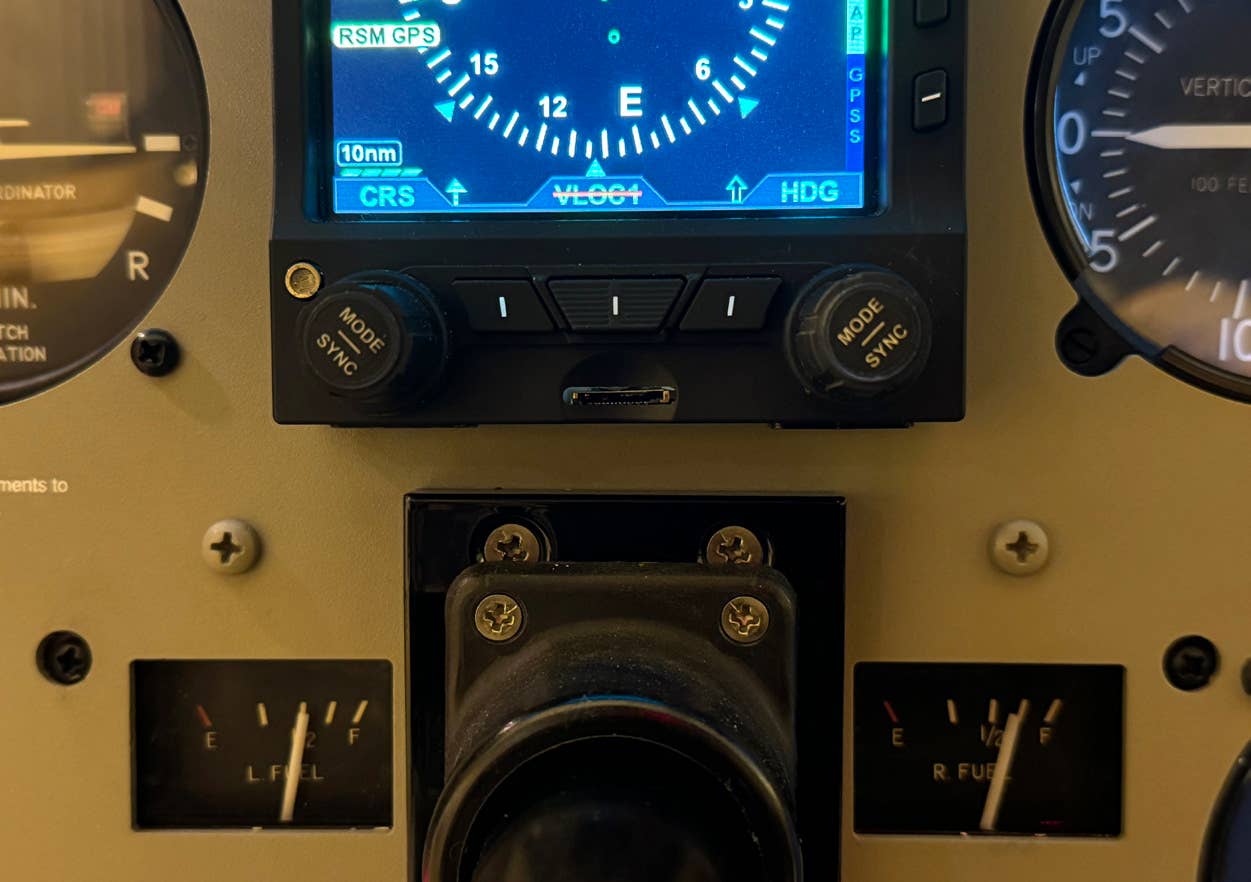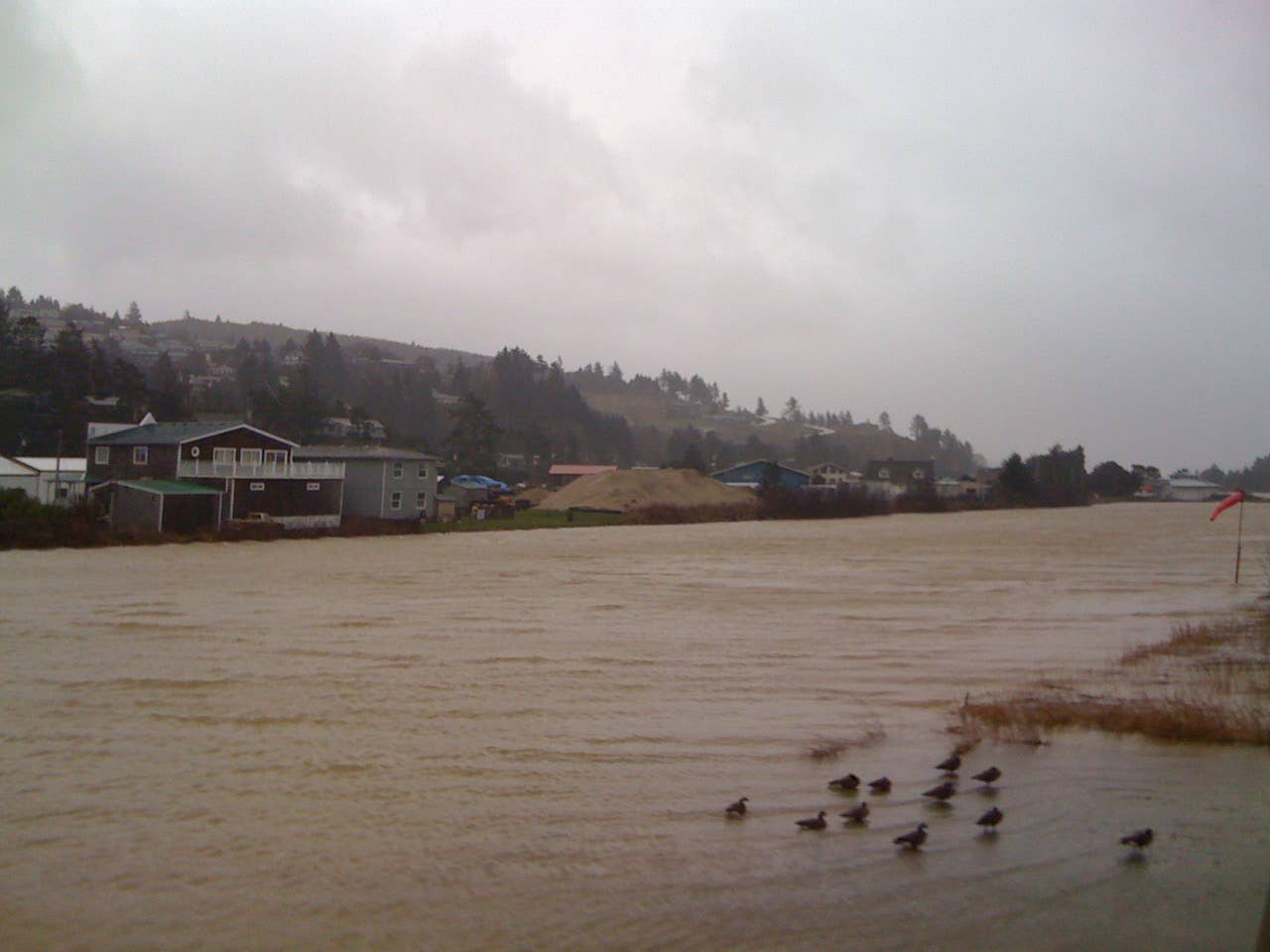
When taxiing or braking on an icy ramp or runway, tapping or pumping the brakes will usually increase stopping effectiveness. It's the way ABS braking systems work on automobiles, gripping and releasing the brakes in short, staccato intervals. Our toes cannot work as fast as the sensors and computers that control anti-lock brakes, but the lost art of manually pumping the brakes can save the day when simply pressing harder and harder would lead to inevitable loss of control.
My father taught me about pumping the brakes of our '63 Chevy, but he never explained why it worked. A tire in motion exerts its greatest stopping friction at the instant the brakes are first applied. A skid starts when the tire that is stopped cold by the brakes begins to slide on the ice -- or any other surface for that matter. The physics involved can actually cause the vehicle to accelerate. While not intuitive, pumping the brakes allows the tire to recommence rolling, then stop again, repeating the high-traction event over and over for a net result of improved stopping power.
Every year there are episodes of airplanes on icy runways or ramps winding up with their noses buried in snowbanks. For the most part, these are no more than embarrassing incidents. But if the snowbank is substantial enough that the prop comes to a screeching halt ("sudden stoppage"), an engine teardown is needed to inspect for hidden damage, such as a crankshaft compromised by the sudden, severe twisting.
As always, when ramps are icy and the wind is whistling, slow and steady is the way to go. And when it comes to using the brakes, think well ahead of the airplane and keep your toes stepping lively.

Sign-up for newsletters & special offers!
Get the latest FLYING stories & special offers delivered directly to your inbox






